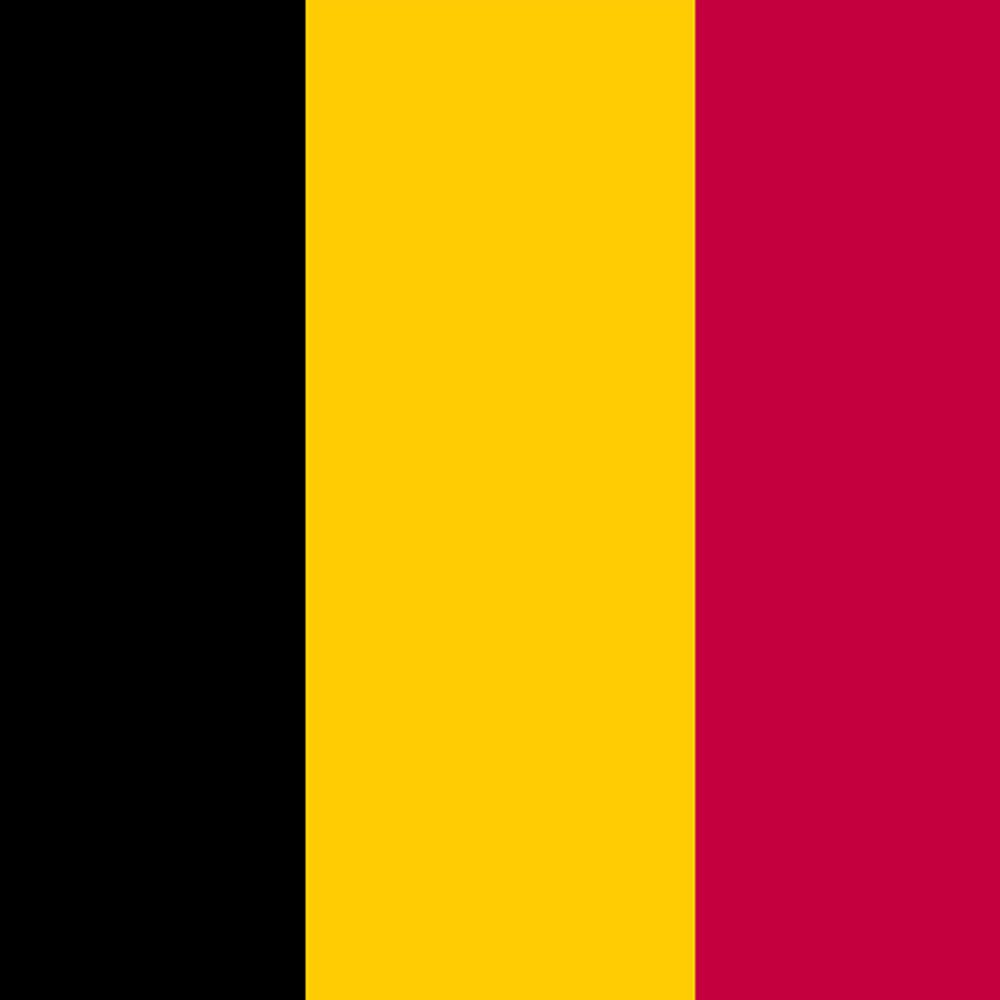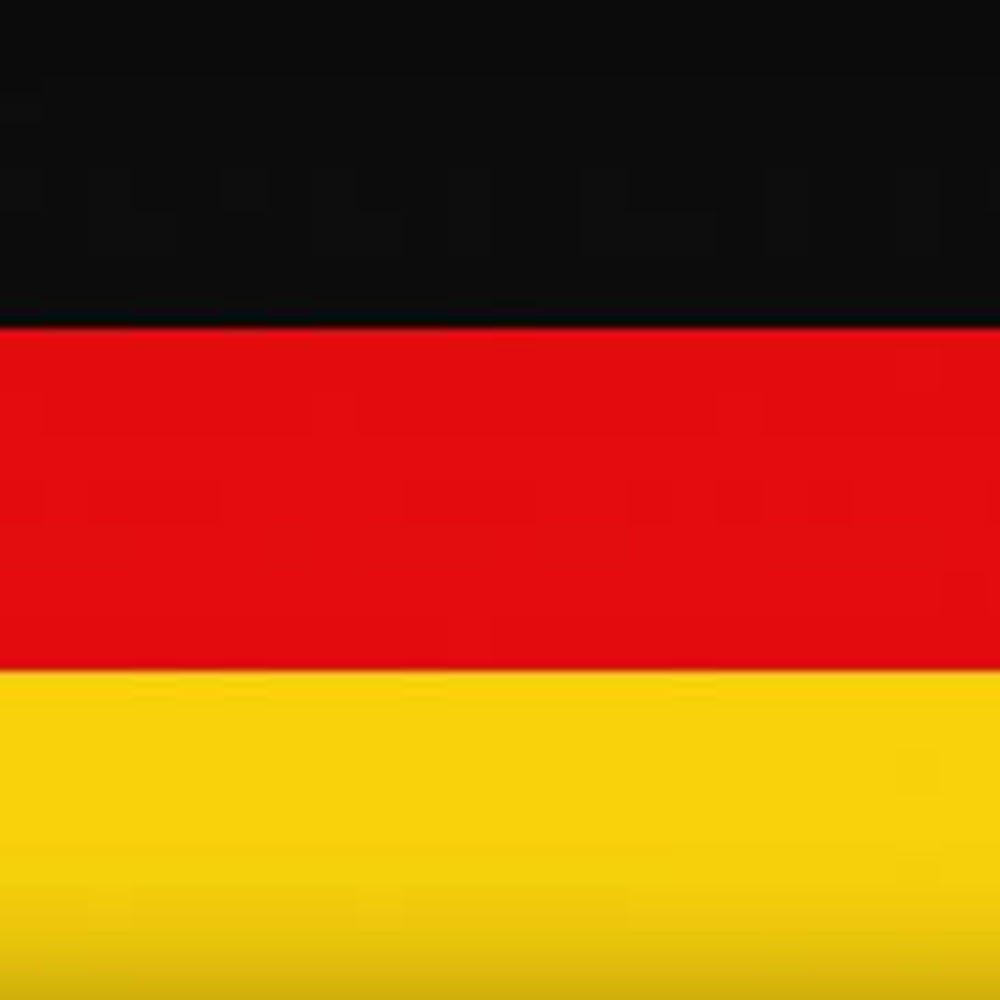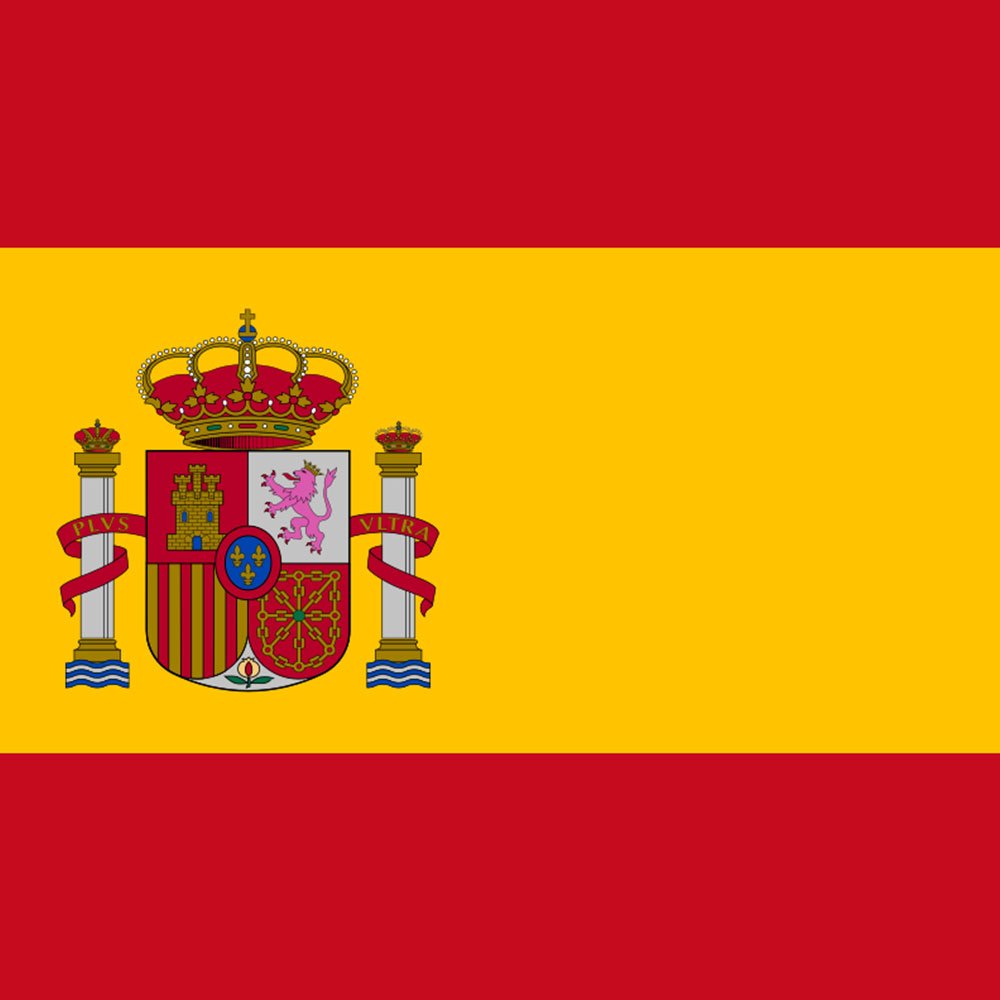Schengen Visa Information
Schengen Visa Information
What is Schengen?
Schengen refers to the EU passport-free zone that covers most of the European countries. It’s the largest free travel area in the world.
What is a Schengen Visa?
A Schengen visa is a short-stay visa that allows a person to travel to any members of the Schengen Area, per stays up to 90 days for tourism or business purposes.
The Schengen visa is the most common visa for Europe. It enables its holder to enter, freely travel within, and leave the Schengen zone from any of the Schengen member countries. There are no border controls within the Schengen Zone.
However, if you are planning to study, work, or live in one of the Schengen countries for more than 90 days, then you must apply for a national visa of that European country and not a Schengen Visa.
Over 15 million people used their Schengen visa in 2019 to travel around Europe.
Who Needs a Visa to Enter Europe?
All nationals of third countries, which have yet not reached a visa-liberalization agreement with the Schengen member states, need to obtain a visa prior of their arrival in Europe.
To check whether you need a Schengen Visa to travel to one of the Schengen member countries, here is the list of countries, citizens of which must apply for a Schengen Visa prior to their travel to the EU
Travel Documents and Entry Requirements for non-EU Nationals
You will have to present several documents at the Schengen port of entry, in order to be permitted to enter, if you are a non-EU/Schengen country national, regardless if you are a visa-exempt or not.
The documents you need to provide when entering the Schengen Area are as follows:
- Valid Passport. Issued within the previous 10 years and valid for at least 3 months after the date you intend to leave the EU.
- Schengen Visa. If you are a national of one of the third countries in need of a visa.
EU/Schengen border officials may also ask for other information and documents such as sufficient funds, proof of accommodation, how long you intend to stay, round-trip airline ticket, the purpose of your entry, travel insurance, invitation letter, etc.
Please, make sure that the border officer gives you an entry stamp in your passport when you enter the Schengen area. Without a stamp, you could be fined or detained.
Which Europe Countries issue Schengen Visas?
The Schengen zone includes the 26 countries that have signed the Schengen agreement, which allows citizens of member countries to travel within the zone freely, without passing through passport and border control.
There are another 19 other countries that are not part of the Schengen Zone, yet they allow foreign citizens of other non-Schengen countries to enter and stay in their territories, only by showing a valid multiple-entry Schengen Visa. You do not need a national visa issued from these countries to enter, transit or stay in their territory temporarily.
Schengen Visa Types for Short-Term Visits in Europe
You need to apply for a Schengen Visa if you intend to visit one or more European countries of this area for the following reasons:
- Business purposes
- Visiting friends and family
- Tourism and holidays
- Cultural and sport events
- Airport transit and transit for seafarers
- Official visit
- Medical reasons
- Short-term study and research purposes
Depending on your reasons for visiting the Schengen countries and the frequency of your visits, the Schengen consulate can issue you a single-entry visa, double-entry visa, or a multiple-entry visa
The validity of your single-entry visa depends on the number of days you stated you are going to be in the Schengen zone on your visa application form and the actual decision of the consulate that issues you the Schengen visa.
If you are a frequent traveller you may apply to obtain an EU visa valid for up to 5 years, but you have to keep in mind that you cannot stay within the Schengen Area for more than 90 days in a 180-day period of time even if you hold a multiple-entry visa for Europe valid for up to 5 years.
How to Apply for a Visa to Enter Europe?
To apply for a Schengen Visa to travel to Europe, you first need to figure out whether you need one or not depending on the purpose of your travel and nationality. If you do, then you have to put together your travel plan, how many days you plan to be in the zone, the countries you are going to visit (if more than one), the country where you are going to enter, and the country where you’re going to exit.
Once you have that figured out, then you need to review all the Europe visa application requirements you need to fulfil review all the Europe visa application requirements you need to fulfil and start the process of setting up a visa appointment at one of the Schengen consulates in your country.
How Much Does a European Visa Cost?
The cost of a Schengen visa fee is €80 per adults. Still, depending on the age of the applicant, nationality and some other factors, there are categories that will have to pay a lower fee or no fee at all.
Check the list of Schengen Visa fees, which precisely indicates the categories that benefit from the reduced visa costs or that are exempt from paying the fee.
What is a Flight Itinerary for EU Visa Application?
Flight itinerary is a confirmed document, which can be verified online about the schedule of a given flight.
Learn more about How to get a flight itinerary for visa application
What is Travel Insurance for Schengen Visa?
Your Travel Medical Insurance should be valid for your whole stay in the Schengen Area, with a minimum coverage of 30,000 EUR for medical emergencies.
Learn more about How to get a Schengen Visa Insurance
What is a Proof of Accommodation for Visa application?
You are required to submit a confirmed document that shows where you will be accommodated for your whole trip in the Schengen Area.
Learn more about How to get Proof of Accommodation for Visa Application
How to Apply for a Schengen Visa Around the World?
For more information about visa requirements and application process for US, UK, Canadian and Australian residents, please read the following articles:
EU’s List of Epidemiologically Safe Countries Amid COVID-19
The EU Council’s list of epidemiologically safe third-countries is a list of non-EU/EEA countries that are considered safe amid the Coronavirus pandemic, due to the low rates of infections.
Learn more about EU safe countries list
Even if you seek more information about Canada Immigration you can write an email on ssbagga.multilinetravels@gmail.com and one of the most experience immigration consultants will get in touch with you to help you out with your questions and concerns or you can also choose to call us on +91-81461-65577




















































